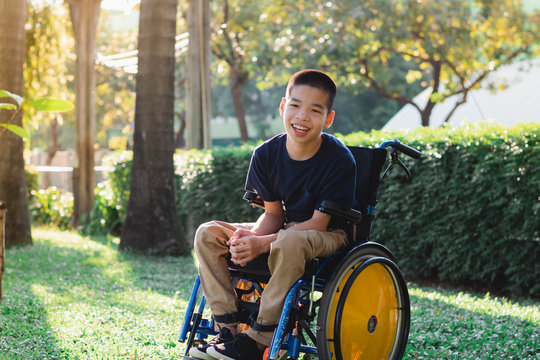Cerebral Palsy and Body Temperature Regulation
Tips to ensure your kids stay safe this summer
Many children with cerebral palsy have difficulties regulating their body temperature.
In a study of 374 children with cerebral palsy, 30% of parents reported that their child had body temperature regulation problems.
When your child has cerebral palsy, the end of the school year brings new challenges.
Why?
Because while anyone can be affected by extreme temperatures, individuals with cerebral palsy are more likely to experience negative symptoms due to limitations in movement and communication.
How so?
-Autonomic dysfunction:
The autonomic nervous system regulates involuntary functions like body temperature, blood pressure, heart rate, and digestion.
Since cerebral palsy is caused by damage to the brain, an individual with CP may experience autonomic dysfunction and have poor body temperature regulation if the region of the brain responsible for regulating the autonomic nervous system is damaged.
-Limited mobility
Movement is important for body temperature regulation. Movement increases blood circulation, as muscles generally require oxygen carried by the bloodstream to create energy to move. Muscle contractions also stimulate the return of blood to the heart.
Areas of the body that aren’t being moved will therefore have reduced circulation. Since warm blood is not circulating as well through areas that are not moving, these areas get colder. Furthermore, because individuals with cerebral palsy have limited mobility and may not be able to generate as much heat from muscle contractions, they get cold more easily.
Cerebral palsy patients are also more likely to overheat and fatigue quicker because their bodies have to work harder. They use up to 3 times more energy to move.
-Weather
Individuals with cerebral palsy are more vulnerable to extreme outside temperatures due to difficulties regulating body temperature. This makes it easier for them to get overheated and dehydrated.
Signs of Poor Body Temperature Regulation
Someone with cerebral palsy may not be able to independently put on or take off a layer of clothing, get a glass of water, or leave the room. They also may not be able to rub their hands together or wiggle their toes to warm up their hands or feet.
Additionally, individuals who have difficulties communicating may not be able to ask for the heat to be turned up or down.
Since individuals with CP may not be able to independently thermoregulate, caregivers should keep a close eye out for signs of being too hot or too cold.
Signs of hypothermia include:
- Shivering
- Fatigue
- Delayed breathing and speech
- Confusion
- Clumsiness
- Slow heart rate
Signs of hyperthermia include:
- Fever
- Sweating
- Dizziness
- Increased thirst
- Fatigue
- Headache
- Poor concentration
- Reduced coordination
- Irritability
- Increased heart rate
Tips to ensure your kids stay safe this summer
With the school year at an end, here are some tips to make sure your kids stay safe this summer:
- Carry a spray bottle or damp towel 💦
- Wear easy-to-remove layers and light-colored clothing👚
- Stay hydrated and drink lots of water 🚰
Hopefully, this article helped you understand why your loved one with cerebral palsy feels hot or cold so easily.




